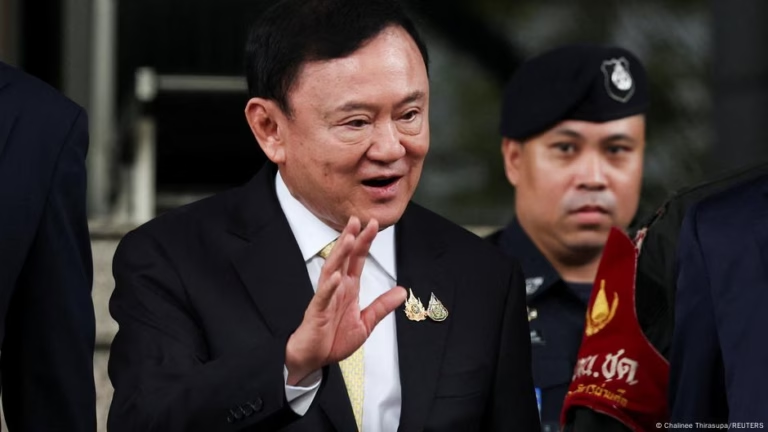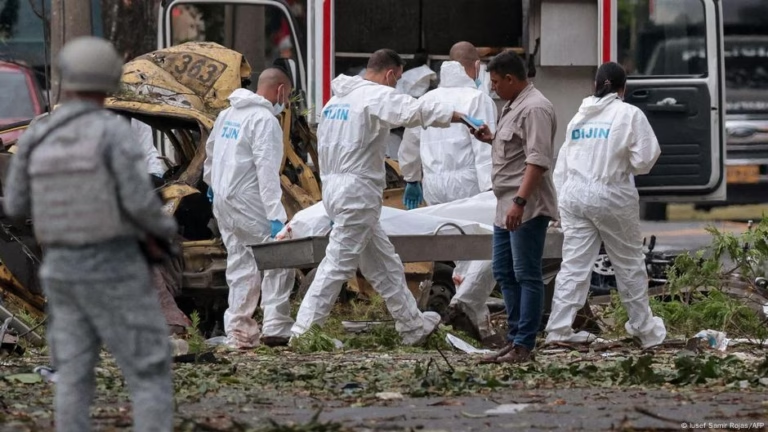For a considerable amount of time, the “Portrait of Prince William Nie Norte Dowuona” was believed to be lost. Despite Gustav Klimt’s portrayal of the nobleman in 1897, the painting hadn’t been seen since 1938. The painting’s recent reappearance caused an art world sensation, and it is now on offer for €15 million ($16.3 million) at the TEFAF art fair in Maastricht, the Netherlands. The heavily soiled painting was brought to the gallery of the Viennese art dealers Wienerroither & Kohlbacher, who specialize in Gustav Klimt.
Alois Wienerroither, the gallery’s managing director, said it was a surprise to recognize the treasure hidden beneath the grime. Even with their 25 years of expertise in Klimt’s works, the gallery owners did not immediately recognize the painting. After cleaning the artwork, there was no doubt that it was Klimt’s lost painting of a West African prince from what is now Ghana.
Gustav Klimt, a prominent artist of the late 19th century, was one of Austria’s most important painters. He is considered a representative of Viennese Art Nouveau, and his abstract portraits, such as “The Kiss” and “The Golden Woman,” are particularly famous. In 1897, Klimt founded the so-called “Vienna Secession” with a group of 50 like-minded avant-garde artists who wanted to break away from the realistic style of history painting and turn to a new art form, Art Nouveau. Klimt served as the president of the new association.
The painting depicts the West African prince with realism but also offers hints of what would come in later works. For Alois Wienerroither, it is a key painting in Klimt’s oeuvre. The floral background of the painting is already modern and is reminiscent of the portrait of Sonja Knips, the daughter of an officer’s family, which he painted a year later, also with a floral background.
Research suggests that the prince posed for Gustav Klimt as part of Vienna’s ethnographic exhibitions. These exhibitions, considered racist and undignified spectacles from today’s perspective, took place across Europe and saw people representing various ethnic groups exhibited in open spaces like animals in a zoo. The exhibitions were popular at the turn of the century.
Until recently, it was unclear how Klimt met the West African prince. However, in 2007, art historian Alfred Weidinger documented that the director of the Vienna Zoo had invited representatives of the West African Osu tribe to visit Austria in 1897. The nephew of the Osu king, Prince William Nii Nortey Dowuona, was sent to Vienna as the leader of the group. The prince sat for Klimt and was also depicted by artist Franz Matsch, whose painting of Nii Nortey Dowuona hangs in the Musée National d’Histoire et d’Art in Luxembourg.
After Gustav Klimt’s death in 1918, Ernestine Klein bought the artist’s studio and converted it into a villa. She may have also bought the portrait at a Vienna auction in 1923, although there is no documentation of such a sale. In 1928, 10 years after Klimt’s death, the painting appeared again at a Klimt retrospective. Alois Wienerroither traced the provenance of the painting and reached a financial agreement with Ernestine Klein’s descendants.
The painting’s journey doesn’t end there. In Ghana, it is just the beginning. The descendants of Prince William Nii Nortey Dowuona have been traced, and Alfred Weidinger, who discovered the family’s location, is now in contact with them. The story of Klimt, the West African prince, and the painting will be the subject of a 50-minute television documentary.
Source: https://www.dw.com/en/the-mystery-of-gustav-klimt-s-portrait-of-an-african-prince/a-71978520?maca=en-rss-en-all-1573-rdf








